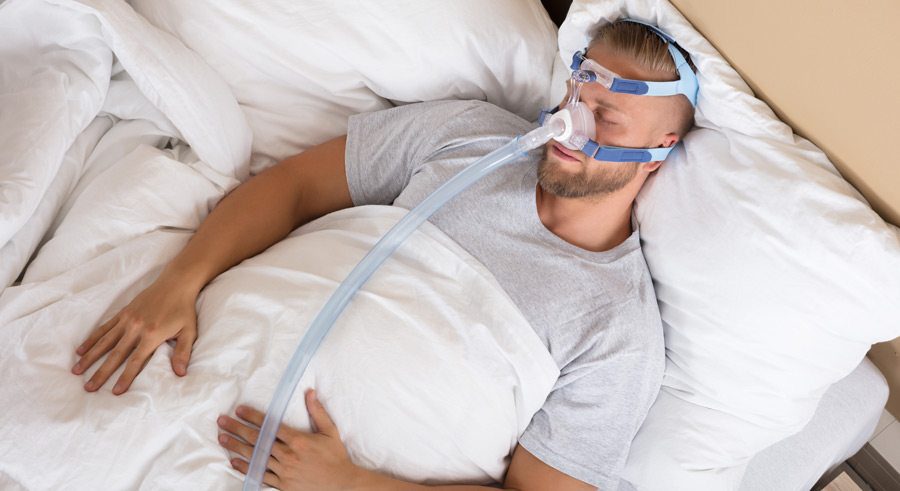Cedar Valley ASCENT, a leader in the Cedar Valley in the treatment of sleep apnea understands the serious health risks posed by sleep apnea and that’s why we offer a comprehensive line of sleep apnea treatments designed to correct this condition and get you back to sleeping safely. Sleep apnea treatment specialist Dr. Kenny Rodriguez understands how your nighttime breathing affects your entire health and is committed to working with each of his patients to develop a personalized sleep apnea treatment plan. Treatment options depend on the severity of the patient’s condition and are tailored to their specific lifestyle and circumstances. Sleep apnea is a life-threatening condition but you don’t have to live with it—read below to learn more or call us or click on the sidebar today to schedule your sleep apnea consultation.



